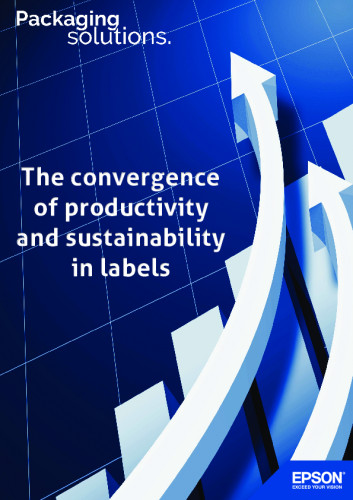Making space for social distancing

Positive space for social distancing
As governments across the world begin easing stay at home restrictions, businesses and education leaders have turned their thinking to how they can safely bring people back together in what are typically crowded environments.
One theme that is becoming clear across all regions is the continued requirement for social distancing and it’s expected that this will continue for some time. In practice, this makes a lot of sense – allow for increased freedoms, get kids back to school, people back to work and get the economy moving all while maintaining some restrictions in order to keep people safe.
In practice, however, social distancing poses a number of challenges.
Many education establishments make do with a lack of space at the best of times, and within business, overhead costs dictate that most organisation pay only for the space they require during ‘normal’ times. So what happens now that instead of requiring a few feet of allocated space, each person needs approx. two meters? It’s clear that changes must be made.
Technology offers a solution – but make sure it’s the right solution
For many establishments, the return will be a phased one – a few classes or a few workgroups or teams at a time in order not to over-crowd environments. Again, this is sensible but creates new challenges; for example, how to include those excluded from the physical environment and how to engage children pushed to the back of the classroom in a bid to maintain distancing.
But engagement isn’t the only challenge. More fundamentally, how will changes to a space impact us physically? Within many classrooms or meeting spaces, moving people apart by two meters raises the significant challenge of ensuring that all children in the class, or people in a meeting room, can adequately see the lesson visuals or meeting material being shown or presented at the front of the room.
Flat panels, which are commonly used in many of these environments, offer little flexibility and have no scope for increasing the screen size. Given that around 58% of students claim they can’t read all content on a 70 inch flat panel at the best of times[1], further distancing poses a serious concern.
One solution available is a projector. Again, commonly used already in these environments, they offer a far more flexible solution. By scaling screen sizes up (with Epson products up to 155 inches in full HD) the screen becomes accessible to everyone in the room. Lessons can therefore be more inclusive, collaborative and memorable, and meetings more productive and impactful. And what’s more, unlike with their flat panel counterparts, there are no visible finger marks left on screen if touched, and when using Epson displays with anti-bacterial whiteboard surfaces, it eradicates any breeding ground for bacteria and viruses.
Ensuring collaboration and inclusion
The other immediate challenge is the other half of the group – those excluded from the classroom or workplace, even if just on alternating days or a few days a week.
Again, part of the answer could lie in technology. The use of collaborative solutions, such as Epson’s interactive projectors, means that not only those in the room can be involved in the lesson or meeting, but also those at home. And not only can everyone see the content, they can also annotate on it, sharing ideas and adding to group work and remaining included in process. In this way, multiple devises can project simultaneously and well as share content between them.
Visualisers, or document cameras, also offer an ideal opportunity to share a projected live view of 3D objects – making it possible for large groups of people, both in and outside of the physical room, to share a detailed, close-up view of an item without crowding around and without having to pass the object between them.
Think about the long term while addressing today
A lot of solutions being implemented over the coming months will be based on what’s already available, but for many establishments, investment will be necessary. In this case it’s important to get it right and consider how products will be beneficial in the long term as well as now. Flexability of course being key.
This situation is expected to be prolonged with gradual steps back to what is likely to be a revised version of ‘normal’, and no one quite knows what that will look like. But regardless, we need to ensure that we’re fair – that all children in the room can see content and have equal opportunity to learn – and that we’re getting the most out of our workforce. No student or employee will perform well if they are excluded from key lessons or meetings or if they fail to have the correct information because they can’t see it.
Projectors and document cameras are of course only part of the answer, but they do offer a great solution for solving at least some of these challenges. Establishments that already have them are in a great position to realise their full potential, and those that don’t but are investing would make a wise decision in selecting them.
Whatever happens, the road to recovery is likely to be long, but we can look for ways to ease the process and the Epson team, and our partners, are on hand for anyone who want to discuss options with us.
















